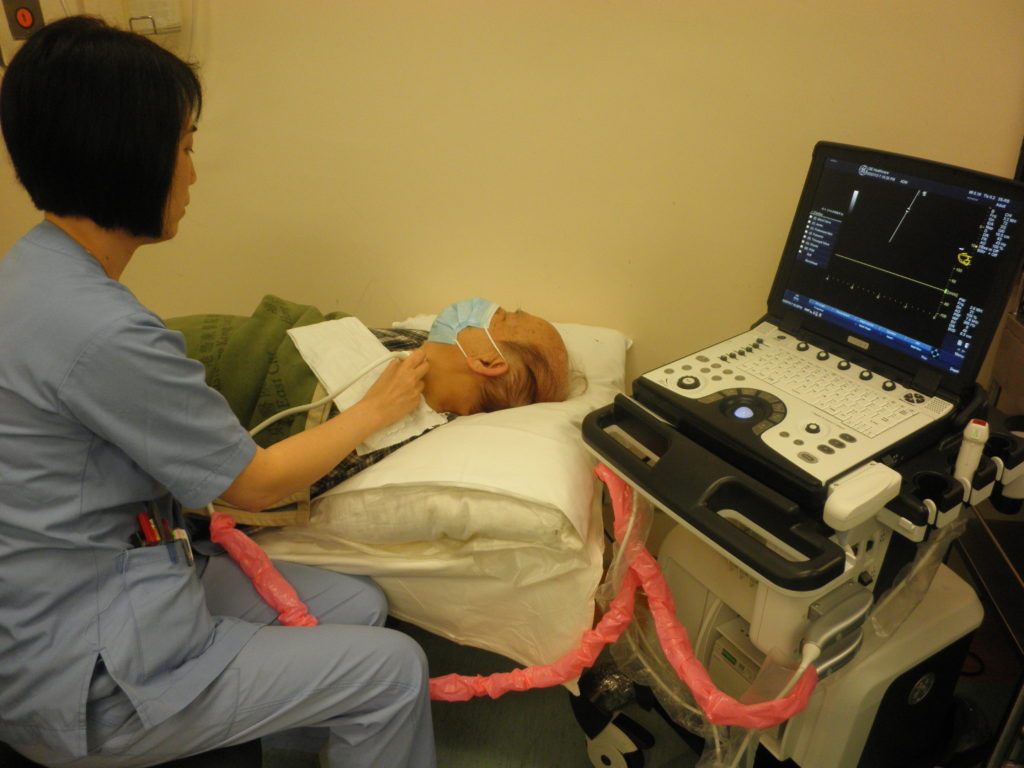Hong Kong Stroke Nurse Service
Patients in Hong Kong who have had a stroke are faced with significant issues in relation to their access to acute management and rehabilitation services. Much of the delay they face is a result of insufficient numbers of medical staff and limited stroke screening, stroke care monitoring, triage services and education.

Often the guidelines for the provision of tissue plasminogen activator are not being met, leading to a very limited usage. With a core focus in coordination Hong Kong has implemented the position of stroke nurse in its healthcare teams. The purpose of the stroke nurse role is to streamline stroke care service in recruiting acute stroke patients to appropriate an acute stroke unit for timely and appropriate treatment. The stroke nurse also provided continuity of stroke care from the emergency department through to return to community.
The Hong Kong stroke nurse role has evolved to encompass combined roles as case manager, facilitator and tissue plasminogen activator nurse. The expanded position has brought in new challenges with an advanced career pathway to become stroke nurse experts at the levels of advanced practice nurse or even nurse consultant to provide nurse-led clinic and transient ischaemic attack screening services.
Today the stroke nurses work independently in planning and leading a team to develop clinical tools and organise team members and departments to expedite activities in stroke care at the clinical front. At the system level, the stroke nurse monitors outcomes and initiates quality programs to improve care. The increased tissue plasminogen activator usage, improved door-to-tissue plasminogen activator times, and enhanced department collaboration in running thrombolysis services, all serve as strong evidence of what the stroke nurses have achieved.
As a result of implementing this model of care, the expanded stroke nurse position can ensure that 100% of patients admitted with acute stroke receive appropriate investigations and treatment. This includes patients who are not being cared for in acute stroke units.
It is estimated that 2,500 patients have benefited from this program in the past 12 months. This means fewer patients are dying or suffering the long-term effects of stroke.
Nursing commitment, knowledge and skills have filled the gap in the stroke service in Hong Kong at a time when they are need most. The programme has been enhanced by specialised nursing teams who can coordinate the health service response, thereby improving survival rates and quality of life.
The Stroke Nurse Programme has been associated with operational changes to make the organisation work more effectively and improve health outcomes for the people of Hong Kong.
Patient story
An obese 66-year-old female patient with hypertension, diabetes, hyperlipidaemia and atrial fibrillation presented with speech problem and one-sided weakness with intravenous tissue plasminogen activator given after being screened by the stroke nurse. Under acute stroke unit care, the stroke nurses provided close monitoring and clear explanation of her stroke mechanism, investigation and risk factors. Upon discharge, the stroke nurse collaborated with multidisciplinary team members to arrange a tailor-made stroke rehabilitation and stroke nurse-led clinic follow-up for drug compliance and risk factor monitoring. After six months the patient had reduced her body weight by 10kg and all risk factors were controlled with healthy life-style modification, and good compliance in drug and medical follow-up.

